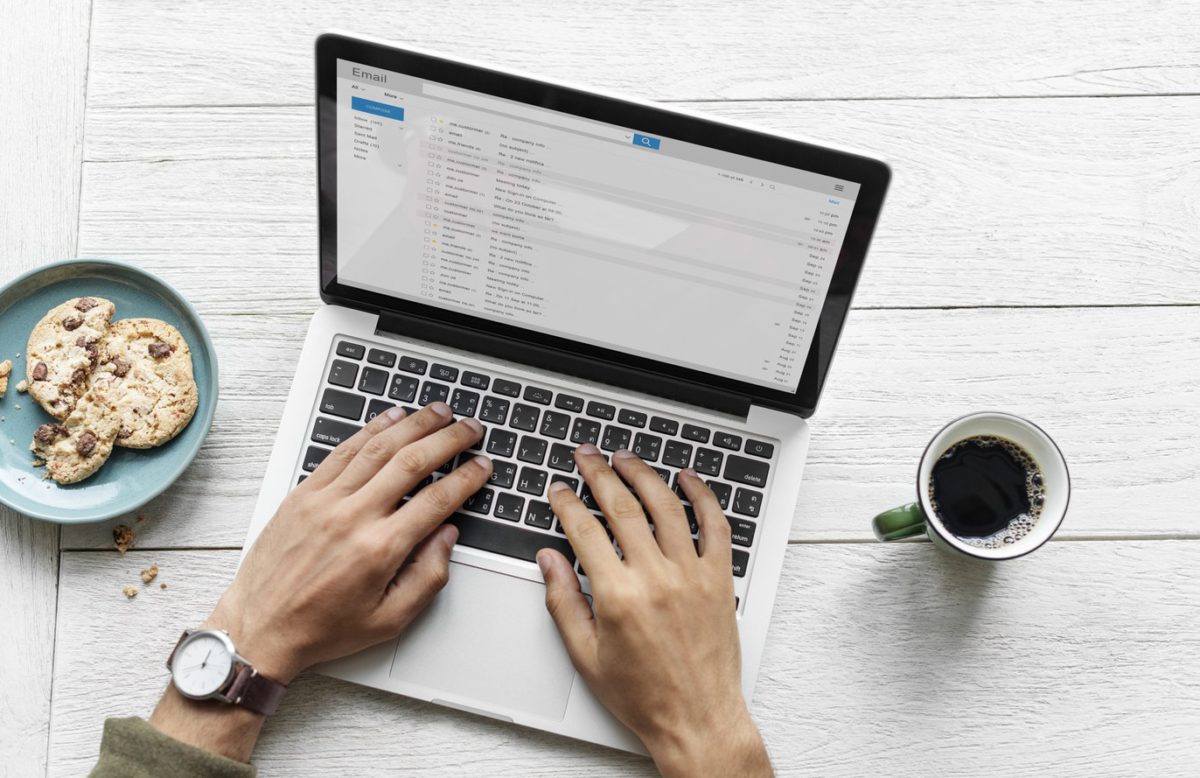
The ultimate guide to professional email etiquette
- October 30, 2018
- Marketing Team
You’re Gen Y. Or Z. Or whatever it is they’re calling you these days. You know how to email; it’s in your blood, along with texting, tweeting, Snapchatting, Instagramming and all those other new-fangled communications your parents don’t understand.
But beyond the emojis, euphemisms and the occasional TL;DR, do you actually know how to send a professional email?
Electronic mail is a method of communication like any other: fraught with misunderstandings and faux-pas. In the professional world, that could mean the difference between a mortifying insult and a business proposal. So listen up.
Make your email subjects clear
People are busy. People have busy inboxes. They have numerous email threads called obvious things like ‘Hello’ and ‘Just a second…’ and ‘Look at this’. Do not be one of them.
Every time you send someone an email, ensure that the subject relates in an obvious manner to the content. Make it so that, if somebody scans through their inbox for your email and sees that header, they’ll immediately know what it contains. Because a report delivery entitled ‘here u go’ is just begging to be lost in the folders of a bursting inbox.
New question/topic/statement? New thread, please
In a similar vein, when you email the same person about multiple topics, don’t bung it all under one subject header. Send each separate query in a different email with a different subject. Information in an inbox must be quickly searchable; couching important details within a huge, unwieldy, continuous conversation thread doesn’t help anyone.
Always reference previous interactions
If you’re emailing someone at a separate company with whom you have had only limited contact, either reply within the past thread – so that they can see exactly who you are – or directly reference those previous interactions. E.g. “Dear Mark, Hello! We talked a few weeks back about collaborating on the Trump project…”
Unless you are certain that someone knows who you are, you cannot count on their remembering you. To repeat: people are busy. They have busy inboxes. Unless you remind them directly, they have no reason to recall you/your previous interactions.
Master CC and Bcc.
One of the most misused – or underused – functions, cc-ing and bcc-ing people is a skill you need to master. When sending an email to multiple addresses, it’s tempting to bung everyone in the ‘To’ line. But by putting ‘second tier’ addressees – i.e. ones who are included merely to keep them in the loop, or are not as relevant to the discussion as others – you help people understand what conversations they need to take note of and what they can semi-ignore.
Similarly, if you’re sending a mass message to many addressees but don’t necessarily want them to know that, you can use the bcc function. Inboxes in the bcc row of a message receive your email but are not viewable by other recipients. It’s great for keeping others’ contact details private – or, more shadily, secretly looping colleagues in.

There’s no excuse for misspelling a name
If you’re emailing someone speculatively and have no way of knowing their name, that’s one thing. But if they’ve already responded to you in written format, signing off the email, then you really have no excuse; get their name right.
Just look at how it is spelled, how they spell it, and replicate that. This includes confusing names, e.g. ‘Charlie James’. Call him Charlie, not James. It’s common courtesy.
Keep it short and sweet
Emails should be as short as possible. Always.

Emojis are for Snapchat and Instagram, not your work email
Nobody over the age of 25 uses that heart-eyed cat emoji. And, whether it’s an innocent sheep or a suggestive aubergine, nobody at all uses picture messaging in professional circles.
The one exception to this rule – there’s always one – is the common-or-garden smiley. This is acceptable if used in relaxed emails between co-workers/close collaborators. Even then, use sparingly. If in doubt, leave it out. J
Keep a lid on the exclamation marks
Exclamations can be fun! If used when necessary! As opposed to whenever possible!
Most people sat at their desks are tired, sweaty, bored and/or concentrating on something that is not you. If they wanted to be bombarded with a perky, over-excitable monologue from someone they hardly know, they’d watch an episode of Kimmy Schmidt.
Always re-read an email before sending
Never ever send an email that you have not read over several times. As a purely written form of communication, emails have the potential to convey a completely different meaning to what is intended. They can sound sassy, unforgiving, rude and over-excitable when meant to sound calm and professional – and vice versa.
Check your wording and cut any surplus. If you’re a frequent offender, there’s a Gmail application that can actually unsend emails if used quickly enough.
Happy mailing.









